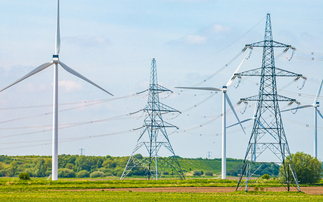Andrew Jones of S&C Electric calls for better long-term planning to develop a new energy system
Here at S&C we're celebrating our 100th anniversary, and looking back over the last century there are of course massive differences in the world of technology and innovation bewteen now and then. By looking...
To continue reading this article...
Join BusinessGreen
In just a few clicks you can start your free BusinessGreen Lite membership for 12 months, providing you access to:
- Three complimentary articles per month covering the latest real-time news, analysis, and opinion from Europe’s leading source of information on the Green economy and business
- Receive important and breaking news stories via our daily news alert
- Our weekly newsletter with the best of the week’s green business news and analysis







